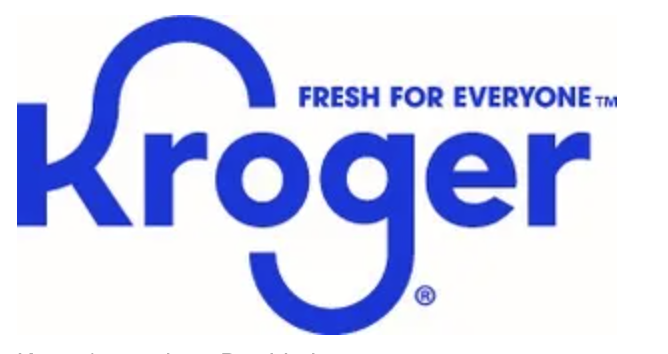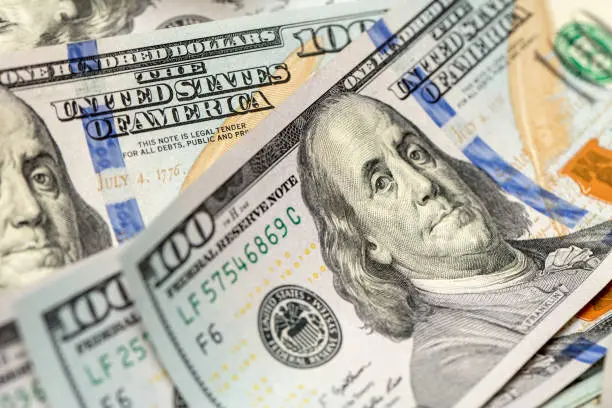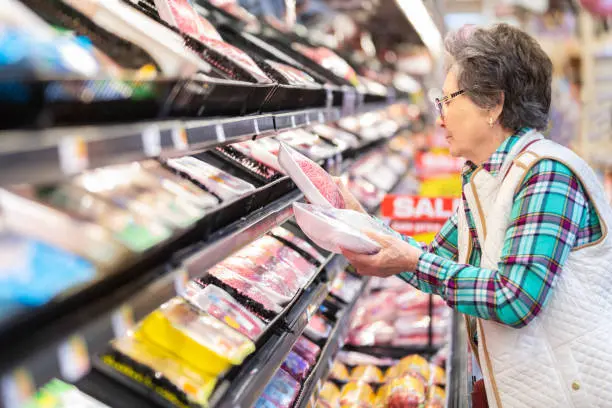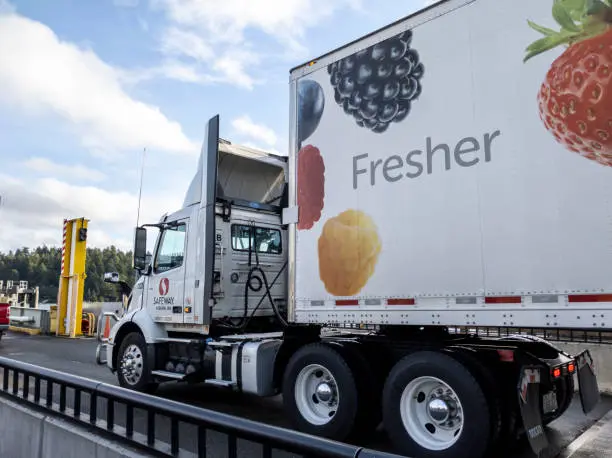(And Find Out Why Food Prices Are So High)

Your grocery bill has likely increased substantially in the last year or two. If you are like me, one of the first questions I have is, “When are these prices going to stop rising?” Last week, I spotted an item I commonly bought in the past for $1 a can, but now the price tag is $1.50. What? Why?
Two years ago, we saw overall inflation growing at above a 9% annual rate. Everything was going up, car prices, groceries, gasoline, insurance, restaurant prices, and on and on. The list of things not going up was much shorter. We were coming off the COVID pandemic where we experienced shortages and outages which we were led to believe were caused by a broken supply chain. Most of those issues seem to have been repaired. Grocery store shelves are full, but why are prices still moving upward? Admittedly, prices are still rising even though the rate of inflation is lower. A second question comes to mind, “Are some of these stores and/or the producers and manufacturers of our food products gouging us?”

I decided to look at the profit numbers of a couple of leaders in the grocery business, Kroger and Andersons, to see if there was any discernable trend of increasing profits within their financial reports. The short answer is, no. Net profit margins at both companies are surprisingly steady, to up a bit. Here is an interesting tidbit that may (or may not) make you feel better. In the year ending January 31, 2024, Kroger reported a net, after-tax profit of $1.43 on every $100 you spent there. Andersons did a bit better, squeezing a full $2 out of every $100.

Further research showed that across the grocery retail landscape, less than 2% profit is the historical norm. That is a net profit level below most retailers. Home Depot, for instance, makes $9.99 on every $100 you spend in their stores. If Kroger were to reduce their profit margins by a full 10%, you would only save a little over 14 cents on your $100 purchase. The grocery store is obviously not the main problem here.
Taking a look at prices from the beginning of the food chain gives us further insight into the inflation issue. Commodity prices were sharply higher in 2022 at the beginning of the war in Ukraine. Since that time corn prices are down 46%, soybeans are down 33%, Oats 44%, Wheat 43%, and Pork bellies (bacon) prices are down 51%. Beef is the outlier and is up 89%, which is no surprise to anyone who has shopped for steaks recently.

Kroger and the other grocery stores are not making a killing. Farm commodity prices are down dramatically from two years ago. Reuters News Service published this headline a couple of months back: “US Farm Income Set For Biggest Plunge In Eighteen Years.” If the end of the food chain pricing isn’t the problem, and the beginning of the food chain pricing is seeing dramatic declines, why are we consumers not seeing prices go down? The problem must lie somewhere in between.
Let’s take a quick peek at how the big food middlemen, the processors and packagers, are faring.
Since 2021 Kraft Heinz net profits have been up 176%
Pepsico; up 19%
Hersey Co; up 26%
Kellogg Co; down 36%
Post Holdings; up 213%
Campbell Soup; down 24%
Non-food suppliers also make up a significant portion of grocery bills.
Unilever profits are up 12.7%
Johnson & Johnson; up (a whopping) 68.4%
Proctor & Gamble; up 2.4%
We see that some producers are up big while others are down. There must be something else at work here, and there is. The largest single contributor is the cost of transporting, packaging, processing, and distributing food products. Labor costs, fuel, and insurance are all up.

Still, the packagers and processors are not innocent bystanders. It doesn’t take much imagination to look at the manner in which food producers and manufacturers manipulate packaging contents and alter ingredients before we realize that we are paying more for less in quantity or quality and sometimes both. Every time someone along within the food chain from farm to table and touches the product the price inflation is magnified. What can you as a food consumer do to combat this trend? One way is to stop buying products you suspect are exhibiting price-gouging techniques. Producers and suppliers of food do not have a lot of options for selling their products beyond the grocery store path. Putting the squeeze on them for a change by refusing to buy their over-priced product would send a strong message.
Welcome to 3-Minutes A Day University, where every day you can learn a little about a lot of things in three minutes or less. We help you expand your knowledge and understanding of the real world and 3-MAD University is tuition-free. Our wide-ranging syllabus includes fascinating insight into topics including Health and Medicine, Science, Sports, Geography, History, Culinary Arts, Finance and the Economy, Music and Entertainment, and dozens more. You will impress yourself, your friends and your family with how easy it is to learn facts and perspectives about the world around you. One topic you will never find covered is politics. We hope you enjoyed the last three minutes.

Was this email forwarded to you? Subscribe Here.
© Copyright 2024. 3-Minutes A Day University All Rights Reserved.

